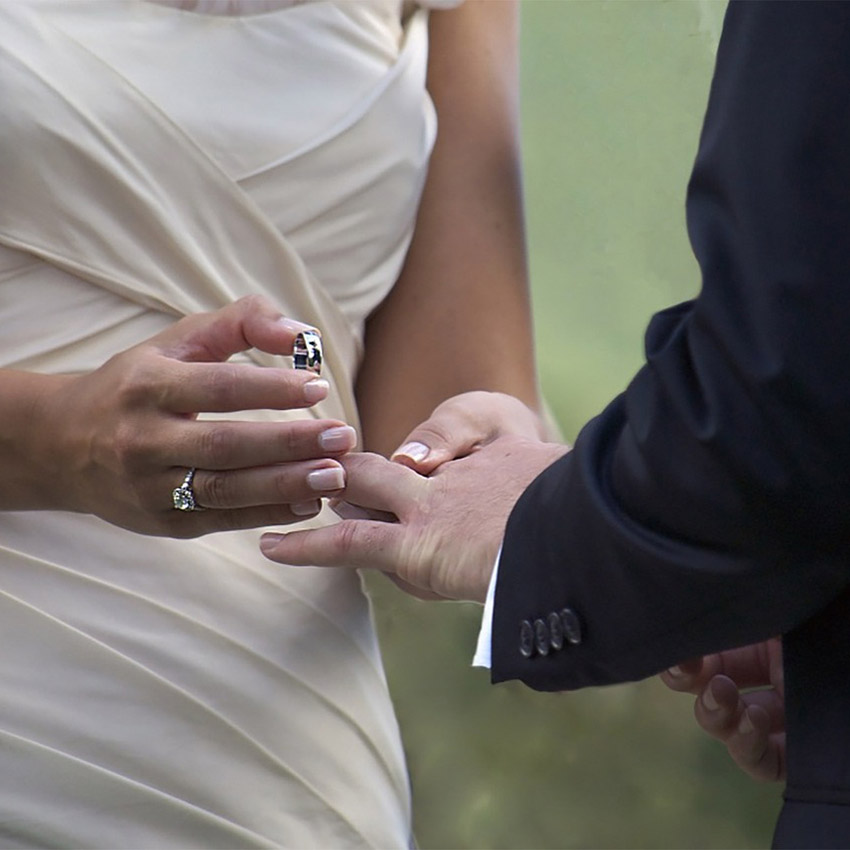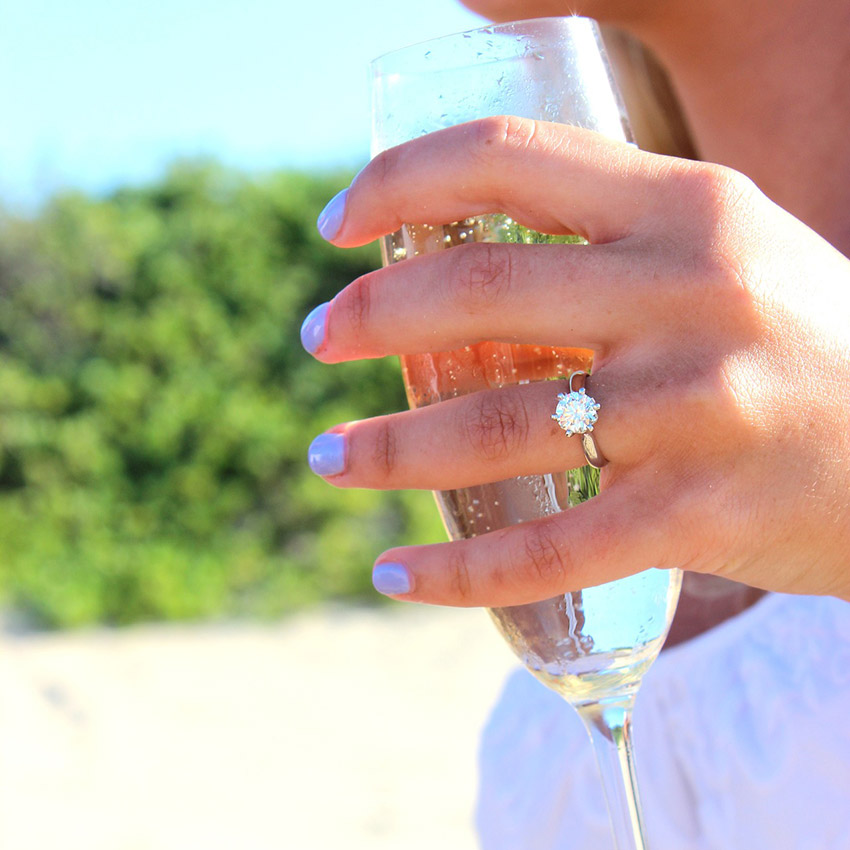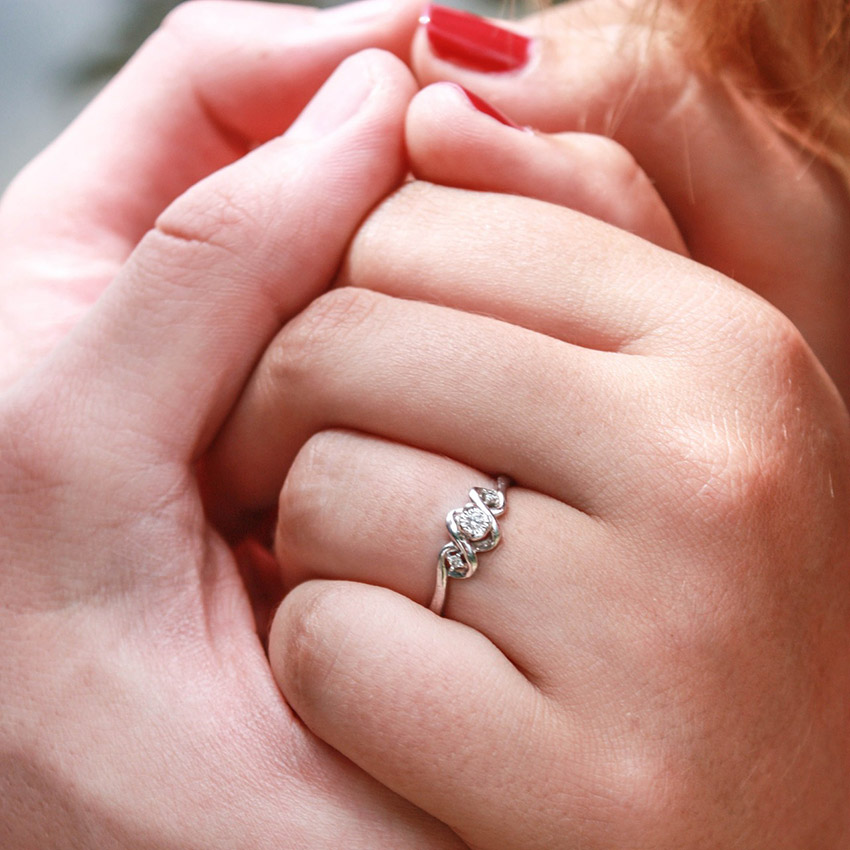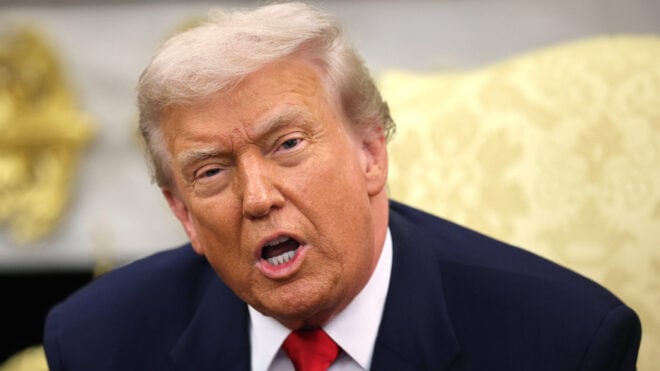When it comes to popular traditions of love and fidelity, the wedding ring has certainly survived the test of time. After so many centuries of influence, you can be sure that an interesting story lies behind its origin. Wedding rings have been spotted across the world in all sorts of cultures, shifting and growing over time into the familiar symbol we all know today.
Historians believe that the first recorded sighting of the wedding band occurred in ancient Egypt. They were often constructed of reeds and grass, and exchanged to represent eternal love. In Rome, iron-bound rings arose as a symbol of the exchanged dowry between families, indicating the financial aspect that marriage implied in those days. Other notable traditions — such as the “puzzle ring” and “Gimmel ring,” which were popular in Europe around 500 years ago — signified unity and fidelity with two interlocking parts. There are plenty of gender differences throughout history as well. For example, wedding bands were not commonly worn by men in the West until World War II, acting as a comforting reminder of their families back home.
Still, traditions vary widely depending on the country and wedding rituals. These change depending on where and when the ring is worn, what material the wedding band is made up of, and what the ring itself represents.
Thumbnail Source: Pixabay
On Which Hand Do You Wear a Wedding Ring?

In many parts of the western hemisphere, including America, wedding rings are worn on the fourth finger of the left hand. The wedding-ring finger is another throwback to Roman times, when the fourth finger was believed to contain the vena amoris, or the vein of love.
In the days when doctors believed the heart was on the left side of the body, this finger was considered the most direct contact to the symbolic muscle. However, in countries like Russia, Spain, India, and Poland (among others), rings are worn on the fourth finger of the right hand. In India, for example, this is practiced because the left hand is traditionally considered unclean. This tradition has changed over the years, however, and many couples now choose either wedding-ring hand, depending on personal preference or family tradition.
There are many more practical or modernized reasons for switching the wedding-ring hand, even in countries that mainly utilize the left. Some LGBTQ couples choose to wear the ring on the right hand as a break from heterosexual traditions, though this is up to personal preference. Other reasons for the switch may include health reasons, being left-handed, or to represent the loss of widowhood.
On Which Hand Do You Wear An Engagement Ring?

Engagement rings are dynamic historical symbols in their own right. Similar to the wedding ring finger, engagement rings are worn on the fourth left-hand finger, alongside the wedding band. Many cultures around the world combine the use of left and right hand in this case. For example, couples in Brazil, Germany, and the Netherlands switch their ring hand during or just after the ceremony itself.
As for their design, several main trends have led to the common diamond ring we know today. Archduke Maximillian of Austria first proposed with a diamond-encrusted ring in the late 15th century. The popularity and cost of diamond rings specifically took off after the DeBeers Mining Company created a near-monopoly on the diamond industry in South Africa toward the end of the 1800s. Their popular marketing slogan, “Diamonds are forever,” led to the long-lasting trend of common engagement rings used in the West today.
But what about on the wedding day? Since the wedding band traditionally sits below the engagement ring (if you plan to keep them on the same finger), some choose to shift the engagement ring just before the ceremony to either the right-hand ring finger or to the third finger on the left hand. Some couples also choose not to wear the ring at all during the ceremony — just make sure it’s stored in a safe spot so there’s no concern during the actual wedding.
On Which Hand Do You Wear a Promise Ring?

Even before the official engagement ring, many couples are now choosing to exchange promise rings as well. Some believe that this idea originally dates back to Posy Rings, engraved versions from the Renaissance era that professed a promise of love via poetry. Promise rings have been gaining momentum recently, developing their own brand of etiquette and tradition as it comes along. Exchanging the ring represents a promise of marriage down the line, and often involves conversation between both parties. But what hand does the promise ring go on? It’s up to the couple themselves. Most rings are still worn on the left ring finger, and then often moved to the right hand after the proposal.
Embarking on this thrilling time of life with someone you love can feel both wonderful and overwhelming for many reasons, but understanding the traditions and historic symbols along the way infuses each stage with even greater meaning. SHARE this with your friends who are about to jump into their wedding planning, or tell your own wedding-ring story and continue adding to this centuries-old tradition!




